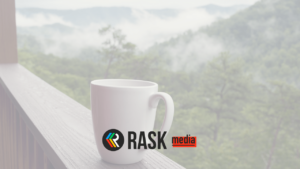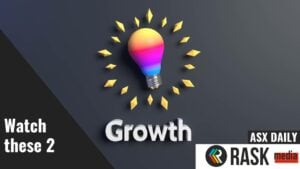Analysts and commentators seem to be split on whether or not now is a good time to invest. As I wrote yesterday, I believe that with the right approach it is always a good time to start. Here’s the easiest way to start ASX investing today.
My First Attempt
Personally, I started investing by buying shares in two individual companies. I bought Codan Limited (ASX: CDA) shares because I had completed what I thought was a pretty good valuation (it wasn’t), and I bought Telstra Limited (ASX: TLS) shares because everyone knows Telstra and a lot of people use Telstra services, so it must be good.
I was also interested in several other companies, but I only had enough money to buy these two. Beginner’s luck worked for me and I was able to exit both of these positions a few months later with a small profit.
However, if I could start again my first investments would look very different. I was lucky to keep my money because I hadn’t done enough research to buy individual shares and I was heavily relying on the performance of only two companies. It was not a good strategy.
How I Would Do It Differently
Buying Telstra because I was familiar with the company was not necessarily a bad strategy. However, I was taking on too much risk by putting half of my money into Telstra shares.
What I should’ve done, and what I would do today if I was starting out, is buy a basket of shares that I know. You can do this with a low-cost index fund, or something called an exchange-traded fund (ETF).
ETFs can be bought or sold like regular shares, but they are essentially funds that hold shares in many companies. For example, the BetaShares Australia 200 ETF (ASX: A200) holds shares in the 200 largest listed Australian companies. Take a look at the list, and you’ll probably find that you know a lot of the companies; Woolworths (ASX: WOW), BHP Group (ASX: BHP) and Telstra for example.
If you only have a small amount of money to invest, like I did when I started, then brokerage fees make it impossible to buy shares in more than a couple of companies unless you use something like an ETF or an index fund.
When you invest in an ETF you will pay a small annual fee (most are less than 0.5%), but this can be viewed as the price you pay for diversification and risk reduction.
So, if I was starting again today, I would start investing by picking one or two ETFs that hold companies I’m familiar with.
Most importantly, before I buy, I would consider three questions outlined in my article What I Would Tell My Closest Friends About Investing:
- Do I know why I’m investing?
- Do I understand what I’m purchasing?
- Am I committed to holding these shares for a very long time?
If I can answer yes to all three questions, then I’ll buy the shares or the ETF and add it to my portfolio.
While you may not need to put in as much research to buy an ETF compared to individual shares, I’d still recommend looking at Best ETFs for a better idea of how ETFs work, what to look for in a good one, and a description of some of the most popular ETFs you can buy on the ASX.
For absolute beginners, another good thing to do would be to take Rask’s free and online ETF Investor’s Course.
[ls_content_block id=”14948″ para=”paragraphs”]
Disclosure: At the time of writing, Max owns shares in the BetaShares Australia 200 (ASX: A200) ETF.




